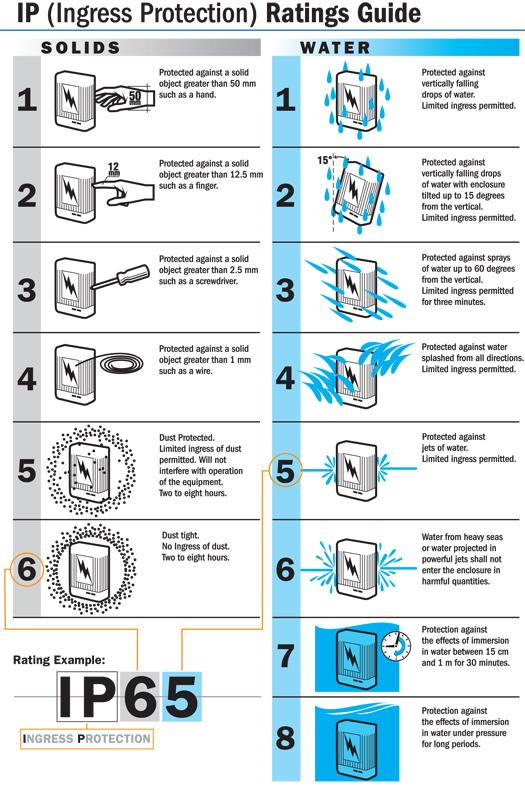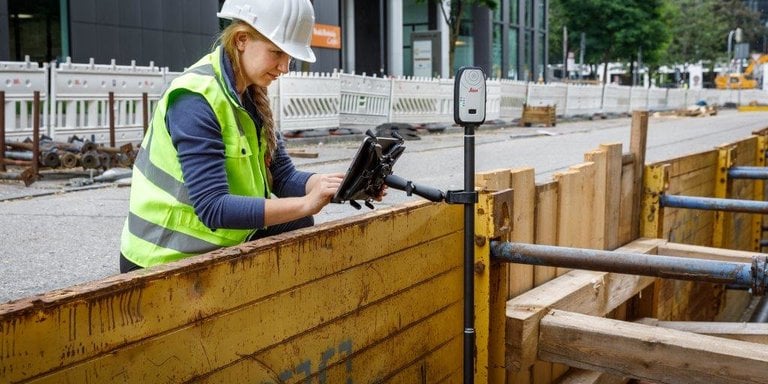Over the past 20+ years, I have mapped and trained others to map an assortment of items. I have helped with a tree inventory; trained Air Force engineers to map and complete runway inspections; trained DOT personnel to do sign inventories; wetland delineations; electric inventories; water inventories; and so many more applications. Every time, I got to work with great people that were simply using GPS as a tool to complete a task.
Completing mass inventories or doing a simple update with field collection technology is what feeds a GIS and helps keep it healthy and useful. I love fieldwork.
I have had the pleasure and honor of working for a few of the main manufacturers of this type of technology. It has allowed me to see beyond the kool-aid drinking and slick marketing. If you are looking into investing in field collection hardware technology; here are some items to consider to make your use efficient and enjoyable.
- What type of environment will you be working within?
If you work in harsh elements, then checking out the IP rating of a device is very important. IP stands for Ingress Protection, and really is about the enclosure of the device and how well is it sealed against solids and water.
The following chart from Nema Enclosures illustrates what each number represents. As you review specifications of equipment, this can be very helpful in determining what equipment will hold up in your field environment. Most commercial grade GNSS receivers will be IP65 and higher. Data collectors, which can include your phone or a tablet, are often not rated very high and may require a third-party case to provide additional protection.

- What level of accuracy do you need, and want?
I ask that question that way because often what someone wants, and needs are two different things. Over the years, I have asked the question, how accurate do you need to be, and the answer will be as accurate as possible. Then when I inform the price point for that level, the accuracy requirement ends up being less.
In general, the more accuracy, the more cost. However, as we have all seen in technology the price points are coming down overall from where they used to be. Twenty years ago, a sub-meter backpack system with datalogger and software would be an easy $12k. Now sub-meter is under $3k.
Not only are receivers getting smaller and still being accurate, but they are seeing also increased battery life. The advancements continue to make the products more robust, more affordable, and easier to integrate into daily tasks.
- How flexible in use do you need your receiver?
Are you the only user? Will the GNSS unit be shared? What kind of work needs to be completed. Many devices over the years have been designed for one configuration…on the top of a pole. What if you liked using a handheld because you need to climb over fences; through thick bushes; something you can quickly store in carry pouch while you focus on safely navigating difficult terrain or obstacles? Or perhaps you lean towards higher level of accuracy and consistency and want receiver mounted on top of a pole with a data collector mounted to pole with a laser rangefinder for completing offsets. You could be a casual user that just needs to grab a couple of points and simply places the receiver directly on the feature to be collected. Some receivers are this flexible, and some are not.
Many companies or agencies no longer have budgets to buy a bunch of units for everyone, and so they now need a unit that is flexible enough to be used by many and in different ways. Something to think about. How will you use it and will you be the only one?
- Work all day or work a few days a month?
Battery life. Can the equipment keep up with you? Or better yet, can you keep up with the equipment. For me, I like as much battery life as possible because I am busy and may forget to charge an item. If I forget to charge the receiver the night before, will there be any charge to get ANY work done? I like for the answer to be YES. Lithium-ion batteries have certainly made battery life longer and that includes shelf life. Used to be if a unit sat on the shelf for much over a week the unit would be dead. Not now, batteries now can keep a charge much longer on the shelf and be ready to go when you are.
- What if something goes wrong? Hello……….anybody there?
Usually I can work through any issue, but on the rare occasion I like to know there is someone I can go to for an answer; even if I made a mistake is the answer. Whenever equipment stops working or a person does not remember how to use it there is money and time being lost that can never be replaced. So, make sure to go with a product that has support. Too many products are supported only through an online troubleshooting webpage. Larger, more established manufacturers will have support staff with many years’ experience to get you going again or make that critical determination whether your equipment needs service, or you just need some direction.
- Do I need software? Are there accessories needed?
You decide on a receiver that meets you budget, accuracy, and use case. Great. But, do you really have everything you need? Do you need field software for data collection? If so, which one? There are apps that are very specific to tasks and some more generic that can be applied towards many tasks. What formats do they support? What will the workflow look like if you choose a software? Going for accuracy and good elevations? Then you need to have your system mounted on a pole to get antenna higher up; to maintain consistent antenna height; and get best possible tracking. Mount your data collector on the pole with a mount that fits your device. You could use a phone or a tablet, either way you will want a bracket to mount them to the pole so you can carry everything with one hand. Climbing through brush and up and down hills, maybe a handheld configuration will work better.
There is much to consider before purchasing; almost enough to make your brain hurt. Remember to not get overwhelmed with technical jargon and the like. Speak to a professional that will have a conversation and not just spew how smart they are. When you buy the right product and get the right support you will have great success. Good luck on your next purchase and remember to ask lots of questions.
